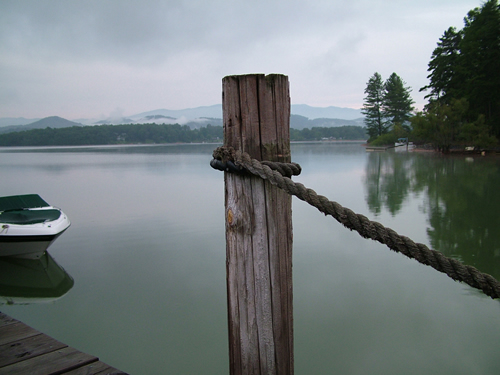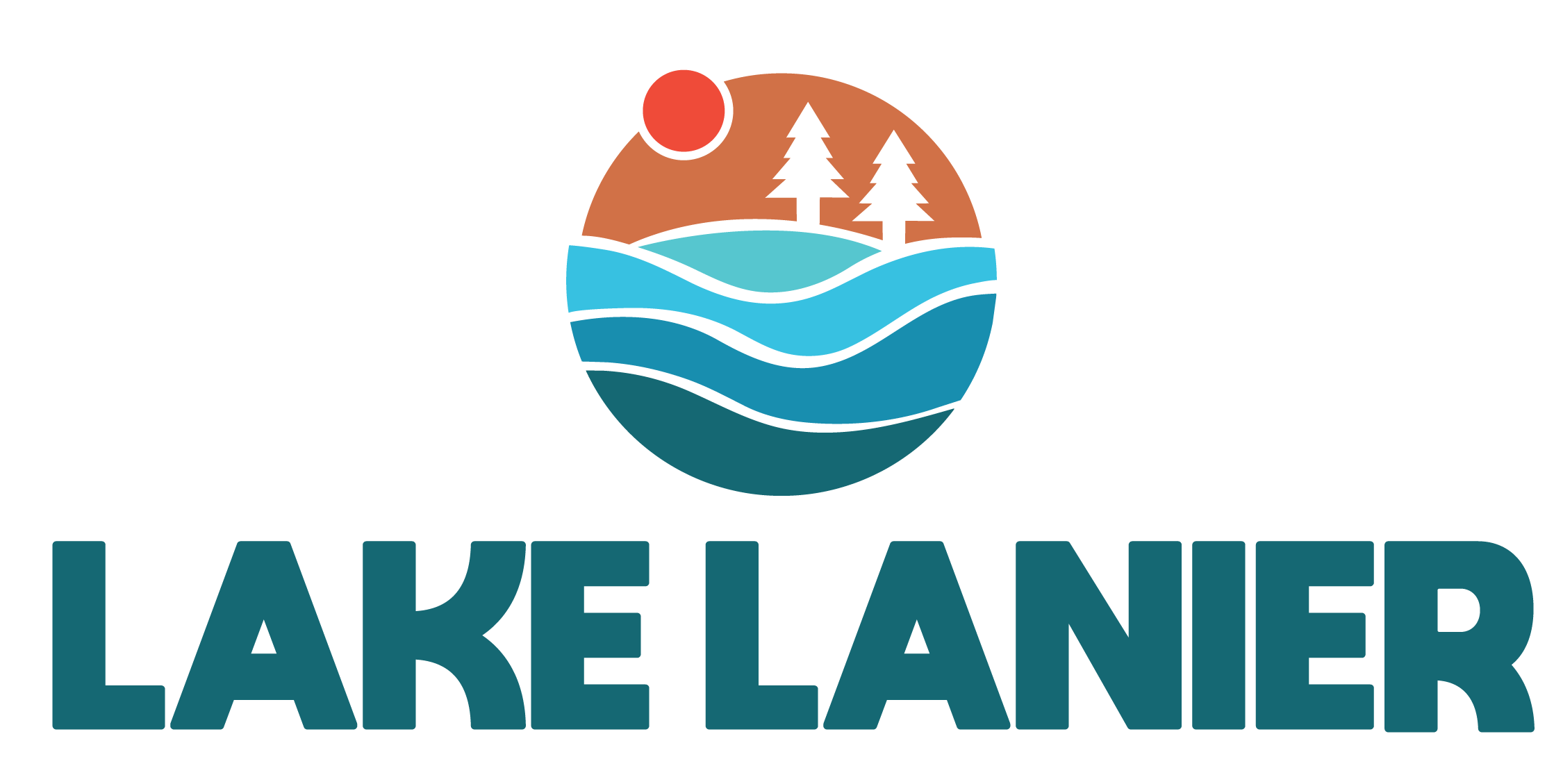
Talks about water usage between Georgia, Alabama and Florida, which will have a serious effect on water levels in Lake Lanier, will continue through Jan. 31.
The original deadline for the current talks was the end of August this year.
After a drought last year, many dock owners find their docks parked on the mud, awaiting a rise in the level of the lake. That desire is confronted by the growing water needs of the three states.
Georgia began negotiating with its neighbors over water rights again in April, nearly three years after breaking off Congressionally sanctioned talks. Those tri-state water talks lasted five years before the sides decided they were too far apart to continue. And it all began 16 years ago, when Alabama and Florida first took Georgia to court to stop metro Atlanta from taking too much water.
What’s at stake was clearly defined this summer, at the start of the current drought.
Georgia wants more water out of Lake Lanier to meet the growing demands of metro Atlanta, while homeowners around the lake want enough water to keep their docks afloat. The Chattahoochee, which flows through Lanier, is the main water supply for about 3 million metro Atlantans.
Florida wants enough water flowing downstream to protect its multi-million dollar oyster industry in the Apalachicola Bay, and to fill the swamps and wetlands that support alligators, river otter and other wildlife.
Alabama also wants a steady supply of water, mostly to meet industrial needs that include a nuclear power plant near Dothan.
Usually, there’s enough water to satisfy everyone. The problems arise when there’s a drought. Over the summer, threatened and endangered mussels in Florida died on dry river banks, some Lake Lanier docks were beached, and power companies could not buy as much hydropower as they wanted.
Source: ajc.com
